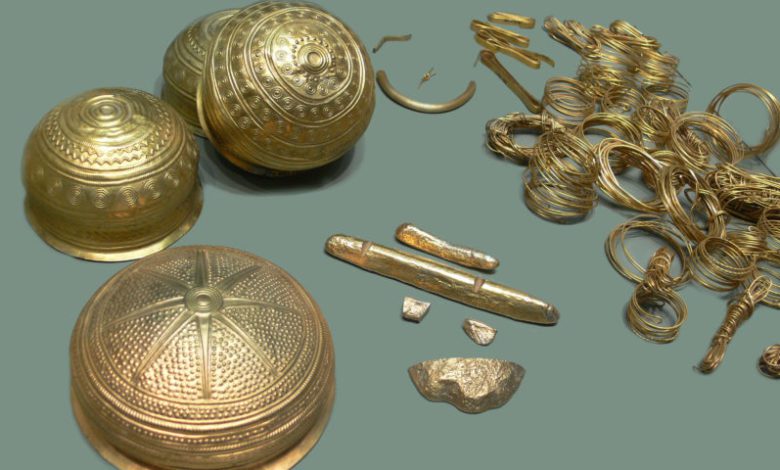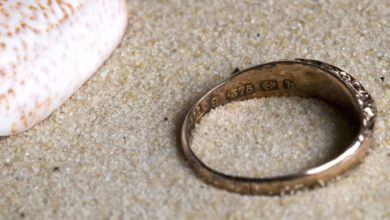Jewellery dealers see HMRC laundering fines rise by 166%

Register to get 1 free article
Reveal the article below by registering for our email newsletter.
Want unlimited access? View Plans
Already have an account? Sign in
The value of fines being handed out to firms including jewellery, art, antiques and private jet dealers has more than doubled in a year, anti-money laundering specialists Fortytwo Data has revealed.
The average penalty issued by HMRC increased by 166% from £484 to £1,290 in 2016/17 despite the number of fines overall dropping by 23% from 1,153 to 886.
The total value of fines rose 105% from £558,000 in 2015/16 to £1,143,000 in 2016/17, research shows.
Dealers selling high-end jewellery, art, antiques, boats, cars and even private jets are among those overseen by HMRC as an anti-money laundering (AML) supervisor.
Sectors the department supervises include money service business, high value dealers, trust or company service providers, unsupervised accountancy service providers and estate agents.
HMRC is responsible for policing the way businesses in these sectors meet their anti-money laundering obligations and issuing fines when they don’t.
These business, as well as banks and other financial service firms, can file Suspicious Activity Reports (SARs), to raise red flags over possible criminal activity but reporting is still very low.
There were only 45 SARs filed by high value dealers in 2016/17 while auction houses submitted only nine. Estate agents registered 536 and trust/company service providers filed 72.
Julian Dixon, CEO of Fortytwo Data, said: “I hope the dramatic rise in the value of fines is a sign that HMRC is getting tough on the weak links in our money laundering defences. High-value dealers and those handling large transactions, particularly in unregulated industries, are a money launderer’s dream.
“Awareness of money laundering risks will be low, profits are high which encourages those who are suspicious to turn a blind eye and criminals are able to launder huge amounts of money in a single, seemingly innocuous, transaction. Businesses who ignore their money laundering responsibilities should not expect a light touch.”
He added: “If HMRC has been an effective AML supervisor during this period, then the fall in the number of penalties issued is also encouraging and may demonstrate their tactics are working.”







